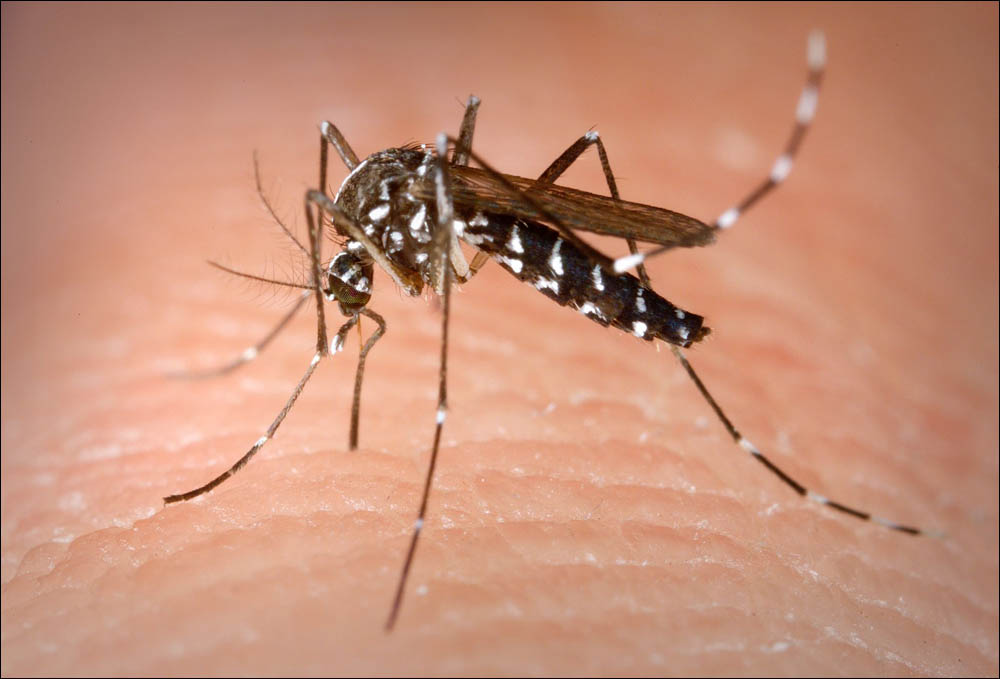Asian tiger mosquito greater vector for Zika virus after second feeding
BALTIMORE — A second feeding for invasive mosquitoes spreading in the United States and Europe may make it more likely to spread Zika and other viruses than after just one feeding, according to researchers.
Their findings likely demonstrate a more realistic scenario than did previous studies in which Aedes albopictus, or Asian tiger mosquitoes, were given only a single feeding and were ineffective at spreading the viruses, Doug E. Brackney, PhD, a virologist at the Connecticut Agricultural Experiment Station, said at the American Society of Tropical Medicine and Hygiene (ASTMH) annual meeting.
“We asked the question, ‘What happens if you add in a second, noninfectious bloodmeal, which would more mimic what’s happening in nature?’” Brackney told Infectious Disease News. “And when you do that, we find that the second bloodmeal significantly increases the dissemination rates and, ultimately, transmission.”
In their study, Brackney and colleagues had the mosquitoes initially feed from blood sacks with Zika, dengue or chikungunya viruses, and then from uninfected blood sacks 3 to 7 days later. The purpose was to replicate the likelihood that the insects would feed again several days after biting a human infected with one of the viruses.
The second feeding increased the proportion of A. albopictus mosquitoes capable of transmitting viruses from 25% to 75%, Brackney said.
He cautioned that A. aegypti mosquitoes are still the vector of greatest concern because of their taste for human blood and that A. albopictus are not as efficient at contracting and spreading disease. However, Brackney added that A. albopictus are better equipped to endure cold weather and could spread diseases farther north.
“This study actually changes our understanding of the risk that these mosquitoes pose and demonstrates that A. albopictus mosquitoes might be a little bit more of a competent vector than we originally thought,” he said. – by Joe Green
Reference: Brackney DE, et al. Abstract LB-5341. Presented at: American Society of Tropical Medicine and Hygiene Annual Meeting; Nov. 5-9, 2017; Baltimore.
Disclosure: Brackney reports no relevant financial disclosures.


